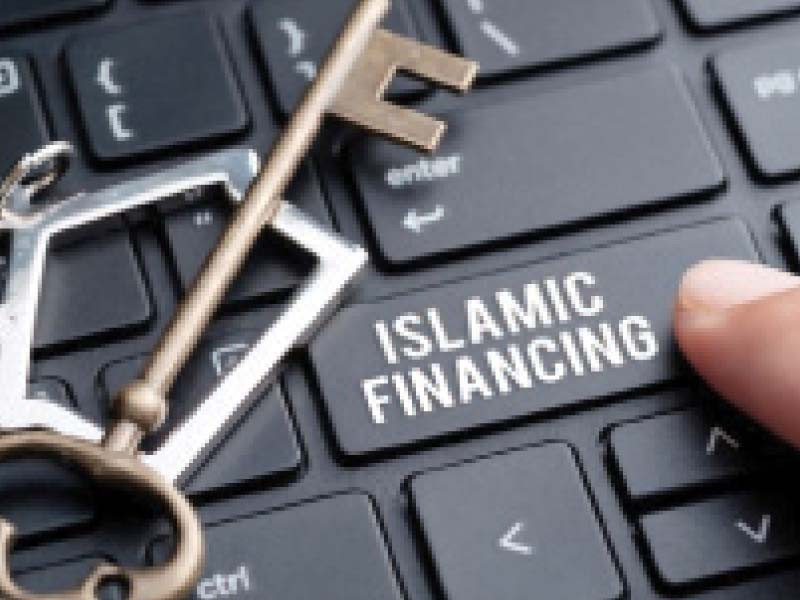
The use of Islamic banking products by the government, private sector and households is on the rise, which is widening the share of Shariah-compliant banking industry in the overall banking sector of Pakistan.
According to the central bank’s Islamic Banking Bulletin January-March 2021 released on Friday, customers deposited a substantial amount of funds with Islamic banks over the last one year ended March 31, 2021. Accordingly, the market share of Islamic banking industry in the overall banking deposits surged 18.7% to Rs3.45 trillion in March 2021 compared to Rs2.69 trillion in the same month last year.
Category-wise breakdown revealed that saving deposits and current deposits rose by Rs44 billion and Rs40 billion respectively while fixed deposits dropped by Rs37 billion.
The market share of Shariah-compliant banks in the overall banking assets surged 17% over the last one year to Rs4.39 trillion at the end of March 2021. Their cumulative assets had stood at Rs3.36 trillion in March 2020.
Assets of the Islamic banking industry swelled by Rs120 billion to Rs4.39 trillion during the quarter ended March 2021 against Rs4.27 trillion in the previous quarter.
“This growth in assets was mainly driven by net investments (Islamic bank loans for the cash-strapped government) that reflected a quarterly growth of Rs84 billion,” said the SBP bulletin.
On the flip side, net financing by the Islamic banking industry (credit to the private sector) increased by Rs72 billion during the period under review.
“The share of net financing and investment in total assets (net) of Islamic banking industry stood at 44.5% and 30.6% respectively by the end of March 2021,” it said.
Moreover, liquid assets to total assets and liquid assets to total deposits ratios stood at 27.8% and 35.3% respectively by end-March 2021.
Financing to deposits ratio (net) of Islamic banking industry increased to 56.5% during the Jan-Mar 2021 quarter compared to 55.5% in the previous quarter mainly due to increase in financing portfolio of the Islamic banking industry.
Bifurcation of assets among full-fledged Islamic banks and the Islamic bank branches operated by conventional banks revealed that assets of Islamic banks registered a quarterly growth of Rs44 billion during the quarter under review and reached Rs2,544 billion.
On the other hand, assets of Islamic bank branches showed a growth of Rs75 billion to Rs1.85 trillion by end-March 2021.
“In terms of share in overall assets of Islamic banking industry, Islamic banks and Islamic bank branches accounted for 58% and 42% respectively.”
On the other hand, net investments of the Islamic banking industry registered an increase of Rs84 billion during the period under review and stood at Rs1.35 trillion by the end of March 2021.
“This increase can be mainly attributed to investments made by Islamic banking industry in government of Pakistan domestic Ijarah Sukuk.”
The government issued two domestic Ijarah Sukuk worth Rs75 billion (approximately) during the period under review, it said.
Sector-wise, textile and production and transmission of energy were the two leading sectors in acquiring financing and their share in overall financing of the Islamic banking industry was 14.8% and 13.8% respectively by end-March 2021.
A review of client-wise financing revealed that the corporate sector accounted for a 69.7% share in overall financing of the Islamic banking industry, followed by commodity financing and consumer financing with a share of 14.9% and 10.5% respectively.
However, the share of small and medium enterprises and agriculture financing in overall financing of the Islamic banking industry remained low compared to the overall banking industry averages, the bulletin said.
To recall, the State Bank has targeted to increase Islamic banks’ market share (in terms of deposits) to 25% by 2023, an official at an Islamic bank said the other day.
Similarly, Prime Minister Imran Khan has announced plans to enhance the market share of Islamic banks to 30% by 2025.
The composition of Islamic banking industry remained the same with 22 Islamic banking institutions comprising five full-fledged Islamic banks and 17 conventional banks having standalone Islamic banking branches by the end of March 2021.
Published in The Express Tribune, July 10th, 2021.
Like Business on Facebook, follow @TribuneBiz on Twitter to stay informed and join in the conversation.


1722237119-0/unepmployment-(1)1722237119-0-270x192.webp)
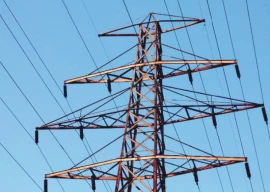

1722236723-0/sukuk445-(1)1722236723-0-270x192.webp)




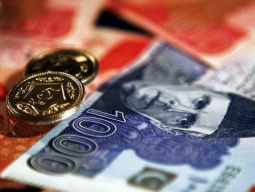

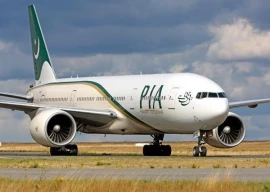







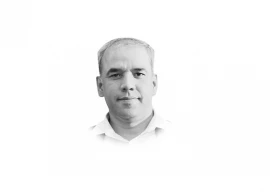


COMMENTS
Comments are moderated and generally will be posted if they are on-topic and not abusive.
For more information, please see our Comments FAQ